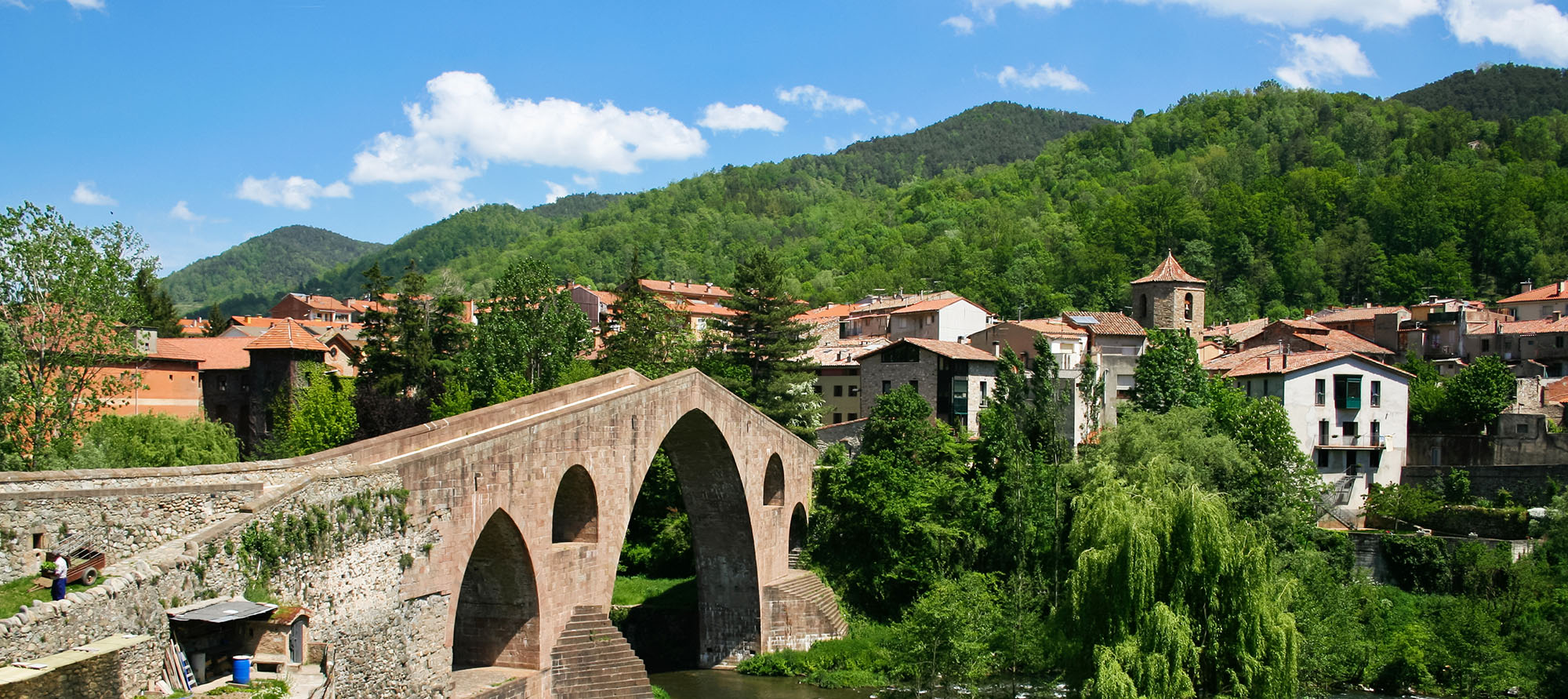

Catalonia slows down rural depopulation
Villages and micro-villages in Catalonia have been suffering from depopulation during decades; a trend marked by job opportunities and the centralisation of business networks in the cities that the pandemic has definitely changed: rural displacement is returning.
Since 2019, demographic data shows that rural depopulation in Catalonia is being halted thanks to more than 4,000 people who have moved. Since then, and especially since the pandemic, the numbers have continued to rise. According to Barcelona City Council, by the beginning of 2021 more than 13,000 registered residents left the city to move from the metropolitan area to rural municipalities.
An increasing number of people are working remotely from the countryside. 11Onze’s team leader, Lara de Castro, tells us how to do it.
The administration encourages rural afforestation
The aim of the Councils is to attract new inhabitants, mainly families and young people, to slow down the ageing of the rural population. But this can only be achieved if all the actors join forces.
At the end of 2020, the Department of Territory and Sustainability of the Government of Catalonia launched a programme to promote housing in rural areas. Two million euros were allocated for rehabilitating unused housing to encourage new families to move in. In villages such as Garidells, in Alt Camp, it was precisely the lack of housing that led them to lose 18.8% of their inhabitants in the last ten years, to only 190 registered inhabitants.
The management of the local Councils is very important, as the Diputació de Lleida, that presented a few days ago a new budget item to halt depopulation through actions such as encouraging digital connectivity. At the local level, Councils are also creating promotional campaigns, through the rehabilitation of spaces, aid for young people or the advantages that a new life in the countryside can offer, such as the Cardona City Council’s campaign “A new life“.
The society, on the other hand, has created citizen initiatives to fill villages with life. This is the case of Repoblem (Repopulate), the project that has revolutionised social networks, bringing together other projects and opportunities in rural areas and people who may be interested.
Psychology backs up the benefits of rural life
Social and environmental psychologist Mathew White has conducted a study of 10,000 people during eighteen years and found that people who live in contact with nature have less mental fatigue, lower rates of depression and a higher quality of life.
The ability to disconnect, to get away from the hectic pace and visual stress of the city or the ease of access to natural and organic products are some of the advantages that rural dwellers value most. Rural life also increases the feeling of belonging to a community, which reduces the sense of isolation and loneliness.
This is the case of Susanna, who has lived for twenty years in the urban centre of Pallejà and now returns with her whole family to the village of Gandesa, where she is from. She is a sanitary worker and, for both her family and her, the confinement was the decisive point for moving. The advantages were clear: “more freedom and also much more security”. The only inconvenience was the change in social life, as there are few friends who live year-round.
Financial and digital exclusion, the unresolved issue
Villages face the challenge of financial, digital and communication exclusion. The communications system, transport and business network are clearly centralised in the big cities, and this can be a major challenge for rural inhabitants, who have to travel to do anything.
The pandemic has shown that access to the digital network opens up a world of possibilities for working or studying from anywhere; it means individual freedom to decide, but with the major conditioning factor of connectivity.
Catalonia faces the challenge of bringing connectivity to all these areas. It would be an unprecedented technological milestone that would position Catalonia internationally as a strategic point for the development of the 5G strategy. A revolution in the world of communications that would offer the intersectoral consolidation of the social and productive network: fostering a new technology industry, attracting talent, leading the world in 5G and bringing together the administration and telecommunications operators to accelerate the deployment and coverage of 5G throughout the territory.
All these challenges, projects and demands make up the current map of depopulation in Catalonia and show that the roadmap in this regard is clear: if territorial distribution must include villages, then villages must have access to all the services.
Do you want to be the first to receive the latest news about 11Onze? Click here to subscribe to our Telegram channel






Molt bon article.
Gràcies
Sí, el desplaçamebtcrural es una Bona idea, cada cop més estessa 👍
👏
molt bo
És fantàstic que t’agradi, Manel!!!
Enhorabona per l’article, Lara.
L’article és del nostre fantàstic equip editorial Jaume, jo només he aportat el vídeo. Però moltes gràcies, els hi faré arribar la teva felicitació. Bona diada!
👍
Gràcies, Joan! Ens veiem per La Plaça!
Bons consells per fer el teletreball o per qualsevol altre activitat que requereixi temps davant la pantalla i temps d’estar assegut
Gràcies Alicia! Protegir-nos de les tecnologies és importantíssim en aquests temps! 🙂
Molt bones les explicacions, porto 23 anys entre pantalles, porto ulles amb filtre blau però el tema de parpellejar i moure el turmells no ho havia pensat.
Hola Carles! Jo pateixo molt de circulació i haig de dir-te que poso en practica els exercicis dels turmells i em van fantàstic. Me n’alegro que t’hagi ajudat! Cuida’t molt davant de les pantalles. 🌹